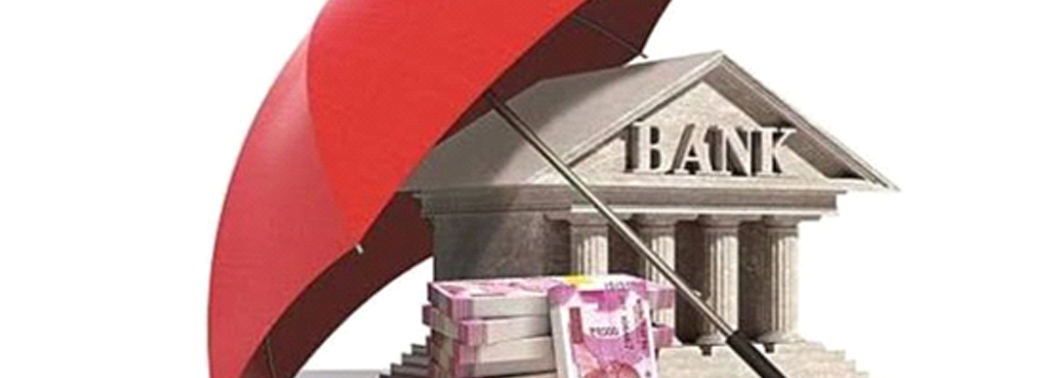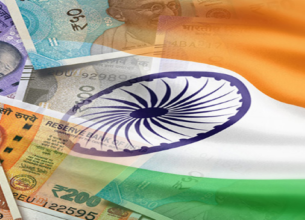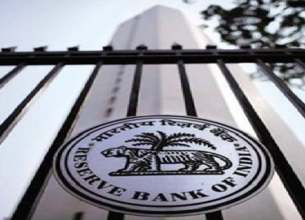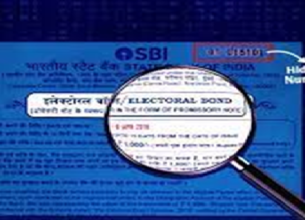DEPOSIT INSURANCE AND CREDIT GUARANTEE CORPORATION (DICGC)
06, May 2020

Prelims level : Banking
Mains level : GS-III Indian Economy and issues relating to planning, mobilization of resources, Growth, Development and Employment.
Why in News?
- RBI has asked the Registrar of Co-operative Societies, Maharashtra to start the process of winding up operations of CKP Co-operative bank and appoint a liquidator.
What’s the Issue?
- Recently, the Reserve Bank of India (RBI) recently cancelled the licence of Mumbai-based CKP Co-operative Bank for the Following Reasons:
- Financial position of the bank was highly adverse and unsustainable.
- The bank is not in a position to pay its present and future depositors.
- The bank failed to meet the regulatory requirement of maintaining a minimum capital adequacy ratio of 9% and reserves.
What is Capital to Risk Weighted Assets Ratio (CRAR)?
- The CRAR, also known as the Capital Adequacy Ratio (CAR), is the ratio of a bank’s capital to its risk. It is a measure of the amount of a bank’s core capital expressed as a percentage of its risk-weighted asset.
- It is decided by central banks and bank regulators to prevent commercial banks from taking excess leverage and becoming insolvent in the process.
- The Basel III norms stipulated a capital to risk weighted assets of 8%.
- However, as per RBI norms, Indian scheduled commercial banks are required to maintain a CRAR of 9%.
What is Deposit Insurance? How is it Regulated in India?
- Deposit insurance is providing insurance protection to the depositor’s money by receiving a premium.
- The government has set up Deposit Insurance and Credit Guarantee Corporation (DICGC) under RBI to protect depositors if a Bank Fails.
- DICGC charges 10 paise per ₹100 of deposits held by a bank. The premium paid by the insured banks to the Corporation is paid by the banks and is not to be passed on to depositors.
- DICGC last revised the deposit insurance cover to ₹5 lakh in Feb, 2020, raising it from ₹1 lakh since 1993.
What is the Procedure for Depositors to Claim the Money from a Failed Bank?
- The DICGC does not deal directly with depositors.
- The RBI (or the Registrar), on directing that a bank be liquidated, appoints an official liquidator to oversee the winding up process.
- Under the DICGC Act, the liquidator is supposed to hand over a list of all the insured depositors (with their dues) to the DICGC within three months of taking charge.
- The DICGC is supposed to pay these dues within two months of receiving this list.
Who are Insured by the DICGC?
- The corporation covers all commercial and co-operative banks, except in Meghalaya, Chandigarh, Lakshadweep and Dadra and Nagar Haveli.
- Besides, only primary cooperative societies are not insured by the DICGC.
Which type of depositors is not included under the DICGC?
- Deposits of Foreign Governments.
- Deposits of Central/State Governments.
- Inter-bank Deposits.
- Deposits of the State Land Development Banks with the state Co-operative Bank.
- Any amount due on account of Any Deposit received outside India.
- Any amount specifically Exempted by the DICGC with Previous Approval of RBI.










